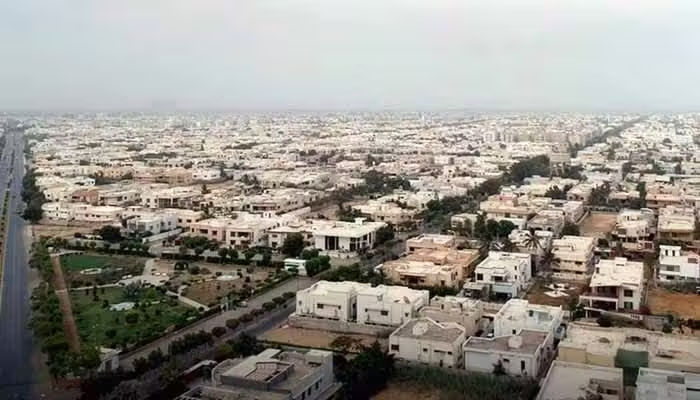The Federal Board of Revenue (FBR) is poised to significantly raise property prices across 42 major urban areas in Pakistan, with increments ranging from 20 to 100 percent, depending on the ‘fair market value.’ This move is part of the government’s efforts to bolster tax revenues and bring property valuations closer to market realities.
Revised Property Price List Under Scrutiny
The FBR has finalized a revised price list for these urban areas and is set to forward it to the Law Ministry for review before officially issuing a notification. The new price list is expected to be released within the month. The last revision of property prices was published on September 13, 2022, after a two-year gap. This update is expected to be more frequent going forward, as the FBR aims to review property valuations more regularly to reflect the sector’s true potential.
A senior FBR official confirmed that the board has completed a thorough review of fair market values for property in 42 cities, focusing on location-specific adjustments. The FBR is determined to introduce more regular updates in the future, ensuring property prices align with market trends and help prevent tax evasion in the real estate sector.
Expansion of Price List to More Cities
In an effort to expand the scope of its property valuation system, the FBR is also planning to increase the number of cities covered under this notification. Currently, 42 cities are included in the price list, but the board is considering adding 14 more cities in the next phase, bringing the total to 56. This expansion aims to ensure a more comprehensive coverage of real estate transactions across Pakistan, particularly in emerging urban areas.
Cities Affected by the Price Hike
The 42 cities whose property prices will be revised include Abbottabad, Attock, Bahawalpur, Chakwal, Dera Ismail Khan, Dera Ghazi Khan, Faisalabad, Ghotki, Gujranwala, Gujarat, Gwadar, Hafizabad, Haripur, Hyderabad, Islamabad, Jhang, Jhelum, Karachi, Kasur, Khushab, Lahore, Larkana, Lasbela, Lodhran, Mandi Bahauddin, Mansehra, Mardan, Mirpurkhas, Multan, Nankana Sahib, Narowal, Peshawar, Quetta, Rahimyar Khan, Rawalpindi, Sahiwal, Sargodha, Sheikhupura, Sialkot, Sukkur, and Toba Tek Singh. These cities represent key commercial and residential hubs across the country, and their property markets will be directly impacted by the price adjustments.
Impact on Real Estate and Tax Revenue
The decision to hike property prices holds significant importance for Pakistan’s revenue generation efforts. By increasing property valuations, the FBR aims to raise tax revenues from property transactions, particularly by closing the gap between official valuations and market rates. The current practice of undervaluing property to evade taxes has long been a concern for tax authorities, and this hike is seen as a step towards greater transparency and accountability in the real estate sector.
Higher property prices will mean an increase in capital gains tax, stamp duty, and other taxes linked to property transactions, potentially boosting the country’s overall tax collection. The FBR is keen on using this strategy to tackle Pakistan’s fiscal deficit and meet its revenue targets for the coming fiscal year.
Potential Challenges
While the FBR’s move is intended to enhance revenue collection, it may also present challenges for property buyers and sellers. The increase in property prices could make it more expensive to buy property in the affected cities, potentially slowing down real estate activity. Moreover, property developers and investors may also face higher tax liabilities, which could affect their investment decisions.
There is also the question of how the market will respond to these increased valuations. In the past, there have been concerns about the disconnect between FBR-notified values and actual market prices. Ensuring that the revised prices accurately reflect current market conditions will be crucial to the success of this initiative.
The FBR’s decision to raise property prices in 42 major cities is a significant move aimed at increasing tax revenue and addressing long-standing issues of undervaluation in the real estate sector. With plans to further expand the scope of its property valuation system, the FBR is demonstrating a commitment to bringing transparency to the property market. However, the impact on buyers, sellers, and investors will need to be closely monitored, as the real estate market adjusts to these new valuations. Ultimately, the success of this initiative will depend on the FBR’s ability to balance revenue generation with market stability.



